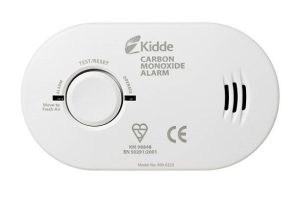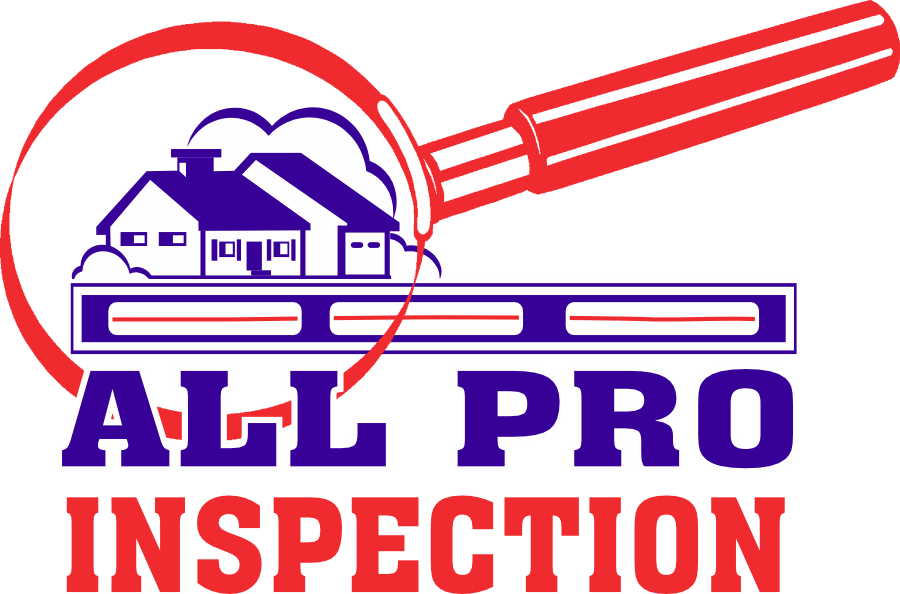Carbon monoxide (CO) is a colorless, odorless, poisonous gas that forms from incomplete combustion of fuels, such as natural or liquefied petroleum gas, oil, wood or coal.
Facts and Figures
- 480 U.S. residents died between 2001 and 2003 from non-fire-related carbon-monoxide poisoning.
- Most CO exposures occur during the winter months, especially in December (including 56 deaths, and 2,157 non-fatal exposures), and in January (including 69 deaths and 2,511 non-fatal exposures). The peak time of day for CO exposure is between 6 and 10 p.m.
- Many experts believe that CO poisoning statistics understate the problem. Because the symptoms of CO poisoning mimic a range of common health ailments, it is likely that a large number of mild to mid-level exposures are never identified, diagnosed, or accounted for in any way in carbon monoxide statistics.
- Out of all reported non-fire carbon-monoxide incidents, 89% or almost nine out of 10 of them take place in a home.
Physiology of Carbon Monoxide Poisoning
When CO is inhaled, it displaces the oxygen that would ordinarily bind with hemoglobin, a process the effectively suffocates the body. CO can poison slowly over a period of several hours, even in low concentrations. Sensitive organs, such as the brain, heart and lungs, suffer the most from a lack of oxygen.
High concentrations of carbon monoxide can kill in less than five minutes. At low concentrations, it will require a longer period to affect the body. Exceeding the EPA concentration of 9 parts per million (ppm) for more than eight hours may have adverse health affects. The limit of CO exposure for healthy workers, as prescribed by the U.S. Occupational Health and Safety Administration, is 50 ppm.
Potential Sources of Carbon Monoxide
Any fuel-burning appliances which are malfunctioning or improperly installed can be a source of CO, such as:
- furnaces
- stoves and ovens
- water heaters
- Cars should never be left running in a garage
- dryers
- room and space heaters
- fireplaces and wood stoves
- charcoal grills
- automobiles
- clogged chimneys or flues
- space heaters
- power tools that run on fuel
- gas and charcoal grills
- certain types of swimming pool heaters
- boat engines.
CO Detector Placement

CO detectors can monitor exposure levels, but do not place them:
- directly above or beside fuel-burning appliances, as appliances may emit a small amount of carbon monoxide upon start-up
- within 15 feet of heating and cooking appliances, or in or near very humid areas, such as bathrooms
- within 5 feet of kitchen stoves and ovens, or near areas locations where household chemicals and bleach are stored (store such chemicals away from bathrooms and kitchens, whenever possible)
- in garages, kitchens, furnace rooms, or in any extremely dusty, dirty, humid, or greasy areas
- in direct sunlight, or in areas subjected to temperature extremes. These include unconditioned crawlspaces, unfinished attics, un-insulated or poorly insulated ceilings, and porches
- in turbulent air near ceiling fans, heat vents, air conditioners, fresh-air returns, or open windows. Blowing air may prevent carbon monoxide from reaching the CO sensors
Do place CO detectors:
- within 10 feet of each bedroom door and near all sleeping areas, where it can wake sleepers. The Consumer Product Safety Commission (CPSC) and Underwriters Laboratories (UL) recommend that every home have at least one carbon monoxide detector for each floor of the home, and within hearing range of each sleeping area;
- on every floor of your home, including the basement (source: International Association of Fire Chiefs/IAFC);
- near or over any attached garage. Carbon monoxide detectors are affected by excessive humidity and by close proximity to gas stoves (source: City of New York);
- near, but not directly above, combustion appliances, such as furnaces, water heaters, and fireplaces, and in the garage (source: UL); and
- on the ceiling in the same room as permanently installed fuel-burning appliances, and centrally located on every habitable level, and in every HVAC zone of the building (source: National Fire Protection Association 720). This rule applies to commercial buildings.
In North America, some national, state and local municipalities require installation of CO detectors in new and existing homes, as well as commercial businesses, among them: Illinois, Massachusetts, Minnesota, New Jersey, Vermont and New York City, and the Canadian province of Ontario. Installers are encouraged to check with their local municipality to determine what specific requirements have been enacted in their jurisdiction.
In summary, carbon monoxide is a dangerous poison that can be created by various household appliances. CO detectors must be placed strategically throughout the home or business in order to alert occupants of high levels of the gas.
Permission granted by Internachi; www.nachi.org.

Recent Comments